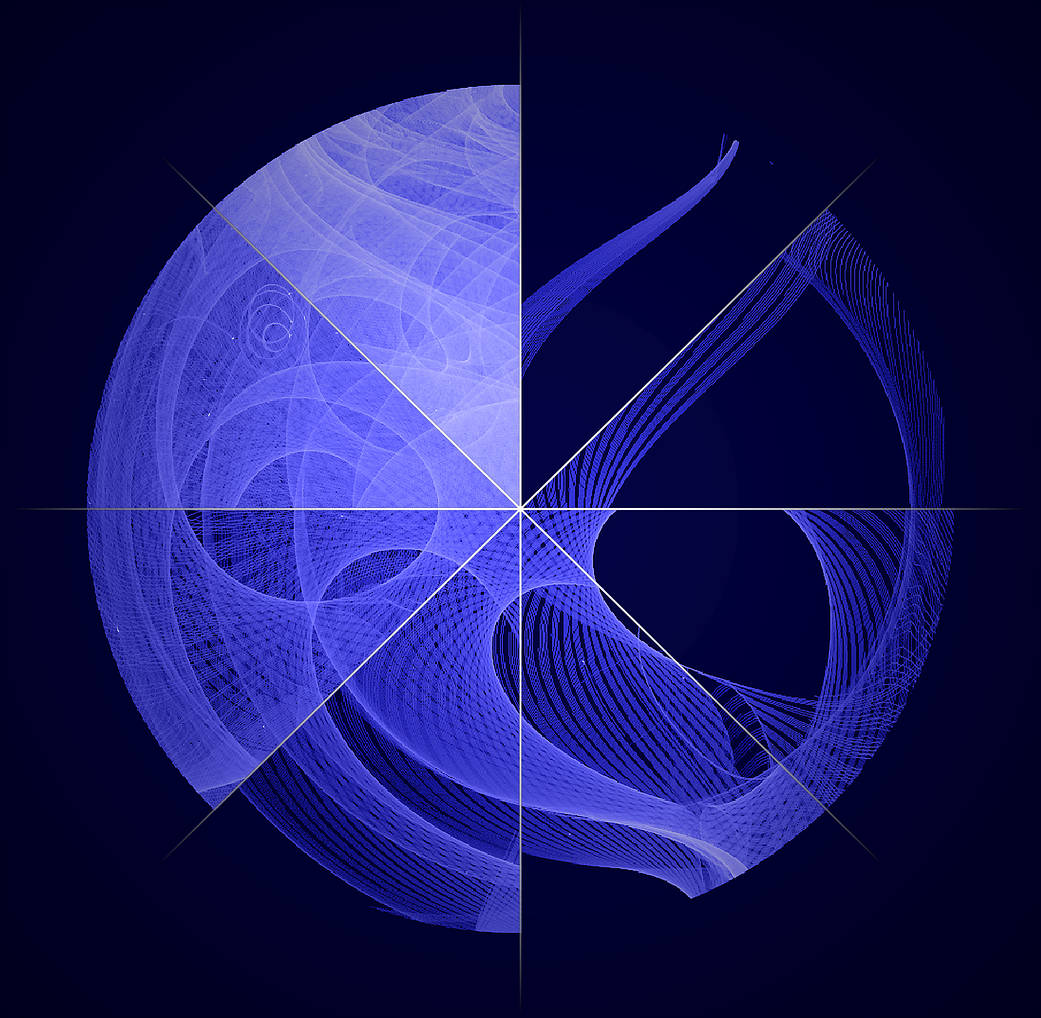What does this Fermi Gamma-ray Space Telescope Spirograph have in common with Women’s Equality Day?
The Fermi mission is run by Project Scientist Dr. Elizabeth Hays, one of many female scientists and leaders at NASA. Hays and her deputy, Dr. Judith Racusin, are astrophysicists in the Astrophysics Science Division of NASA’s Goddard Space Flight Center in Greenbelt, Maryland. They provide scientific guidance and interface with scientist, engineers, and the public. Also part of the Fermi team are Mission Director Beth Pumphrey, and the Gamma-ray Burst monitor Principle Investigator, Dr. Colleen Wilson-Hodge.
NASA has been at the forefront of women in STEM (science, technology engineering and math) since the agency’s beginnings. Our fiirst Chief Scientist was Dr. Nancy Grace Roman (who now has a telescope named in her honor). NASA’s headquarters in Washington, DC is being renamed for one of our legendary ‘hdden figures’ mathematician Mary W. Jackson, NASA’s first African-American female engineer. For more than 60 years, the agency has recognised the talents and contributions of women. On this, the 100th anniversary of Women’s Equality Day, we’re celebrating the many contributions of women in the sciences. Watch the celebration on NASA TV, Aug. 26 at 3 p.m. ET.
This image show how NASA’s Fermi Gamma-ray Space Telescope as it orbits our planet every 95 minutes, builds increasingly deeper views of the universe with every circuit. The image compresses eight individual frames, from a movie showing 51 months of position and exposure data by Fermi’s Large Area Telescope (LAT), into a single snapshot. The pattern reflects numerous motions of the spacecraft, including its orbit around Earth, the precession of its orbital plane, the manner in which the LAT nods north and south on alternate orbits, and more.
This represents the position and exposure for one particular source, the Vela Pulsar. The image is from the perspective of the LAT so that viewers can imagine themselves as the telescope watching the sky and seeing this source flying in and out your view over time.
Image Credit: NASA/DOE/Fermi LAT Collaboration



























